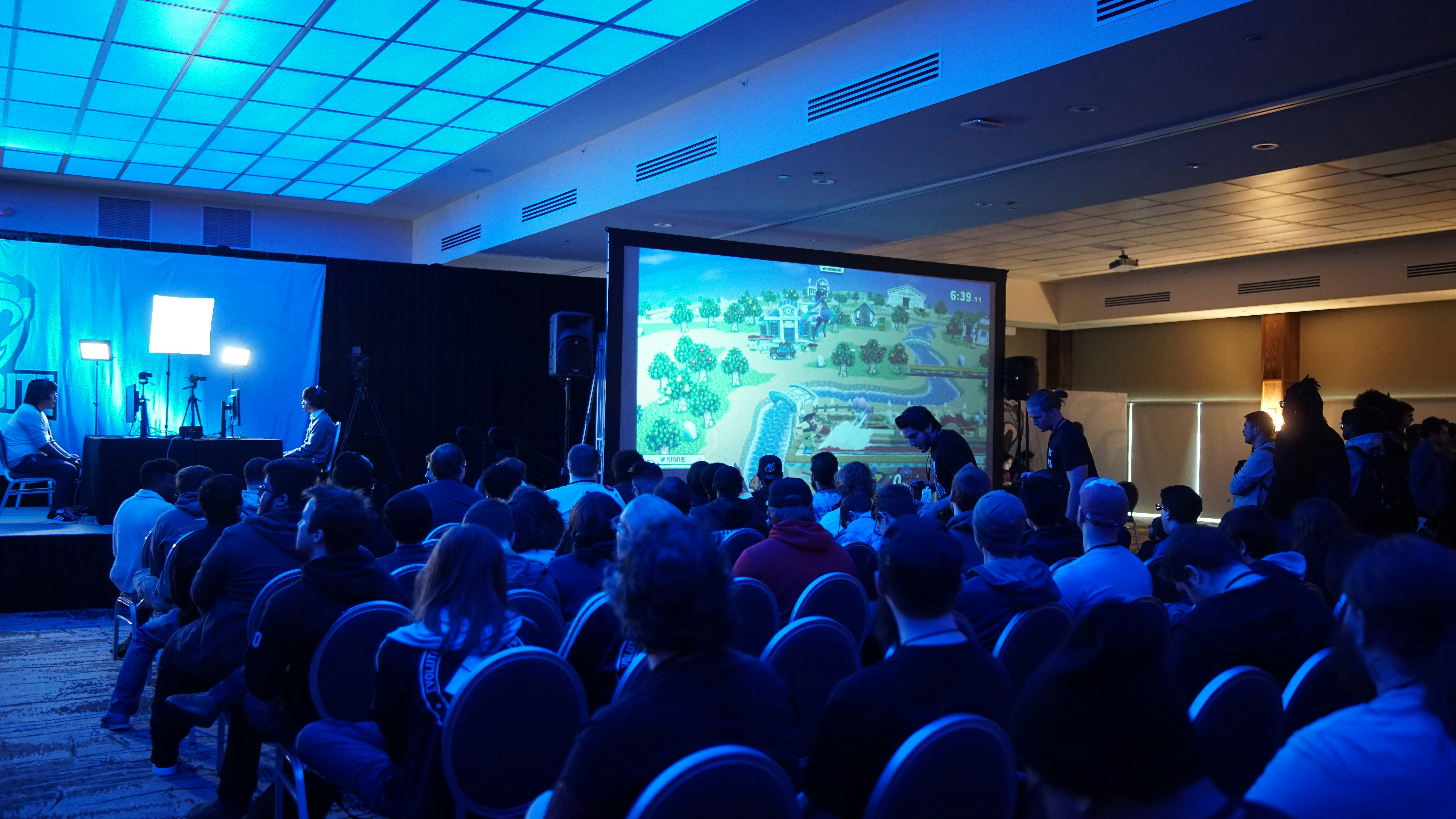Is it time to refresh, repair or retire your personas?
The term ‘persona’ does have different interpretations, so let’s ground ourselves with a sweeping statement. Generally speaking, personas are fictional, composite characters created by organisations to represent the ways someone might interact with their service, product, site, policy or even brand.
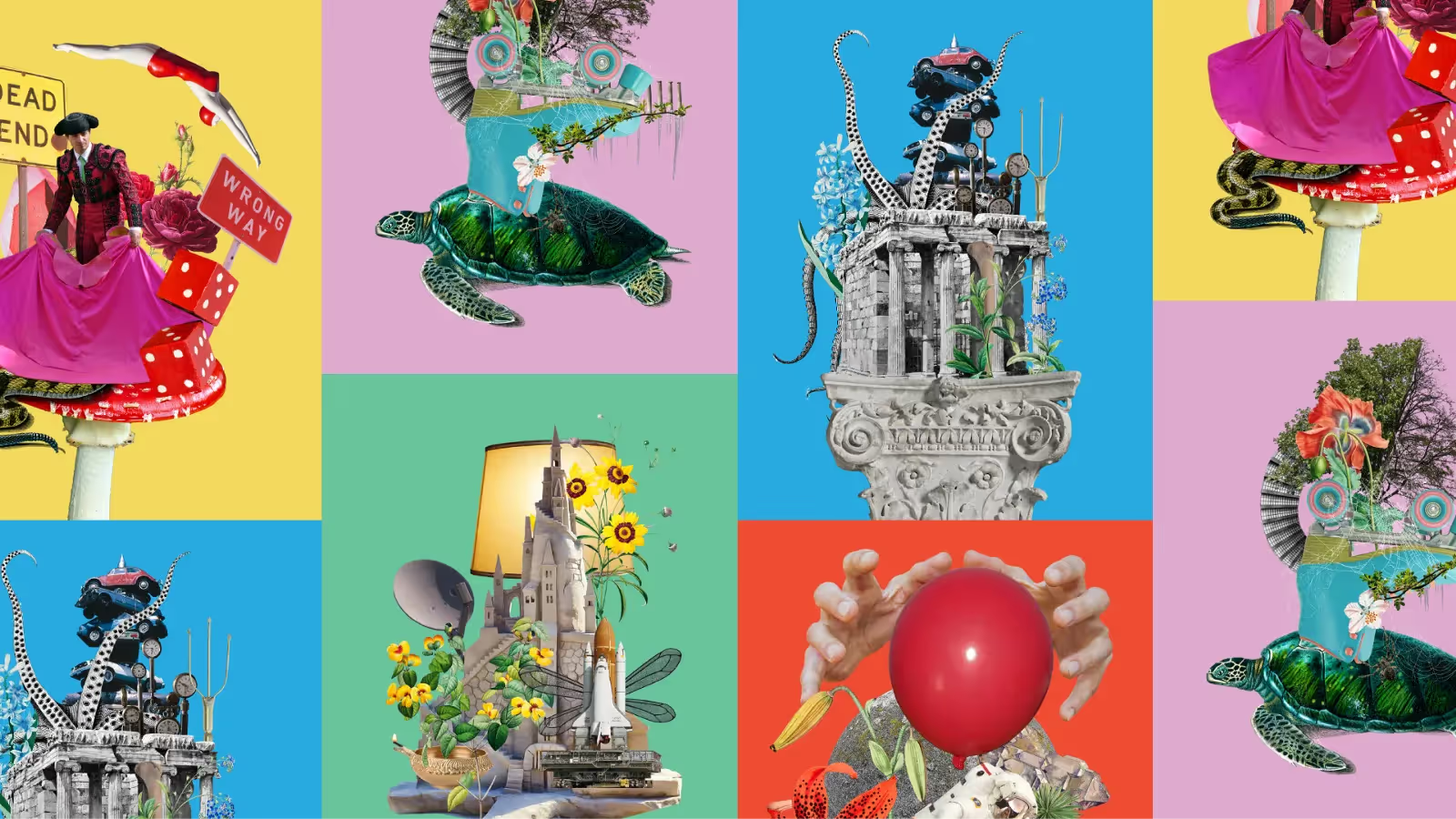
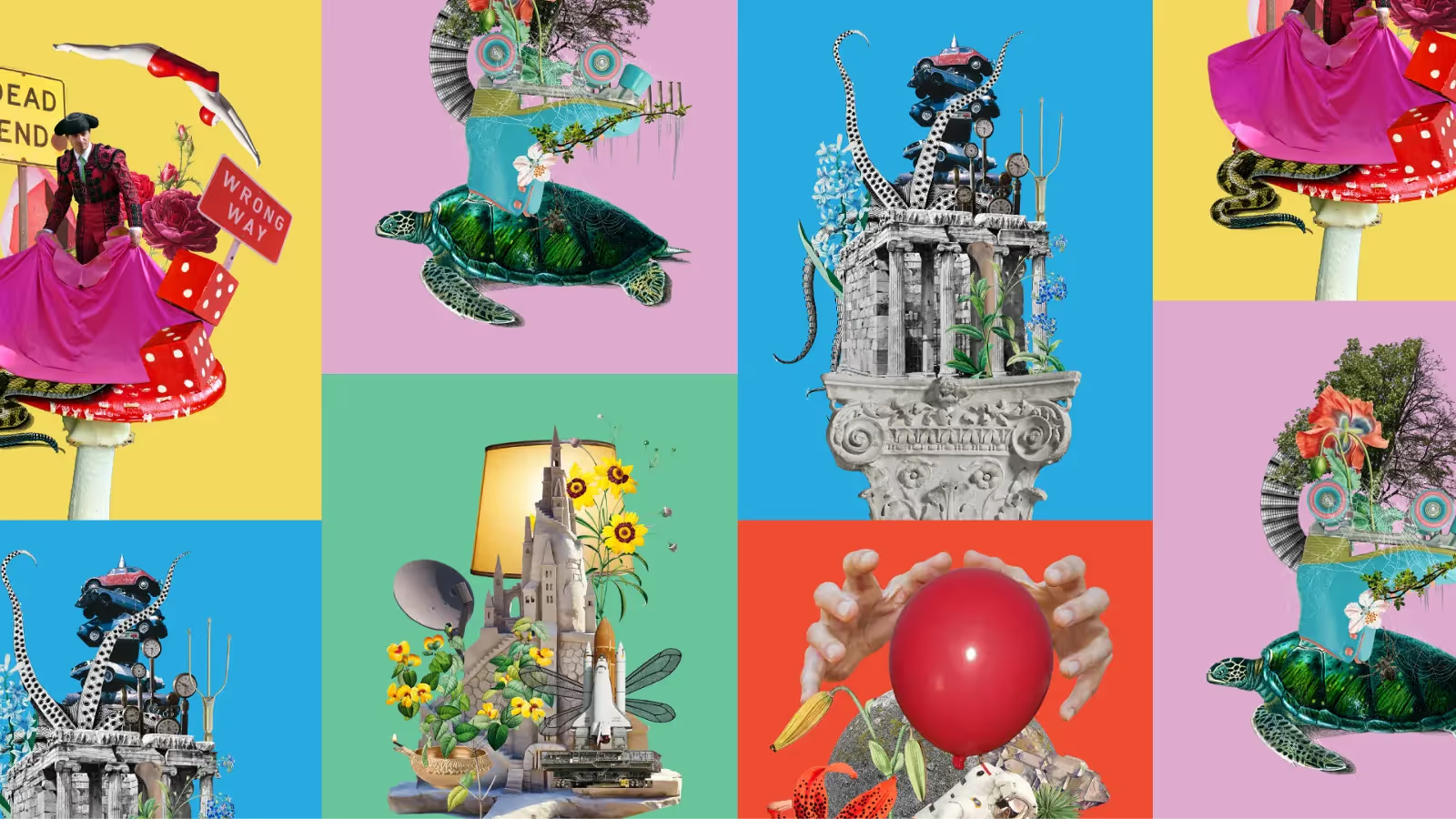
Is it time to refresh, repair or retire your personas?
The term ‘persona’ does have different interpretations, so let’s ground ourselves with a sweeping statement. Generally speaking, personas are fictional, composite characters created by organisations to represent the ways someone might interact with their service, product, site, policy or even brand.
With that in mind, for personas to be evidenced-based tools that guide you and your teams to make decisions they shouldn’t be:
- imaginary people
- made on a whim
- who encapsulate every bias the team has.
And, if that statement is hitting a nerve, you might want to delve deeper with the brilliant Indi Young and their ongoing work on Challenging the Make-Believe in Personas.
This article is about all the persona’s I’ve seen, not ironically displayed as archetypes. I combine research, experience, 🌶️ hot takes and some collage ✂️ to help you figure out what to do with the personas you have.
So.
Back to it.
📖 For a textbook definition
Persona: A fictional user, based on real-world observations of actual or potential users. personas are used to test and shape the design of a product or experience, so that the final design responsive and relevant to user needs. Mozilla Science Lab
Persona’s should be created from extensive research inputs: interviews, datasets, surveys, observation or co-creation.
What are persona’s for?
All personas strive to allow designers, developers or decision makers to:
- Understand how a person navigates an existing system or tool
- They do this by illustrating scenarios and decision points people take
- Articulate barriers people face in achieving their goals
- Promote creativity to create appropriate designs
They just do that in different ways.
👍When personas are good they can lift a project or a team
They can help you and your team to understand — and ultimately connect with — the needs, experiences, behaviours and goals of others.
Personas can be used to describe people who interact with your offering (customers, visitors, colleagues, partners), your staff or extend to capture people you don’t currently reach (emerging or future communities).
⛔When personas are bad they make you cringe
Bad personas get really bad.
They are a snapshot of cognitive bias and stereotyping. Not to mention horrific graphic wrecks that combine stock images of people with clip art embellishments.

✅Take the test
Let’s have some fun with your persona and see what archetype it fits best. Take the survey, try the flowchart or read the details below. You’ll answer 5 -10 questions and get a few ideas on what to do to improve it ( if needed).
a) As a survey https://co-design.link/personaquiz
b) With your fingers over a screen below
c) Or view as flowchart in google slides (alt text in presenter notes)


Where did your persona land?
Refresh it. Relic 🔱
It seems you have a relic persona. Your persona made sense… maybe? At the time? But no one remembers who made it or can confirm they were based on actual research. Judging by the fonts and the language you can date it to mid-2010’s, mid 2000’s or mid 1990’s? In any case they might be stuck in a time-freeze.
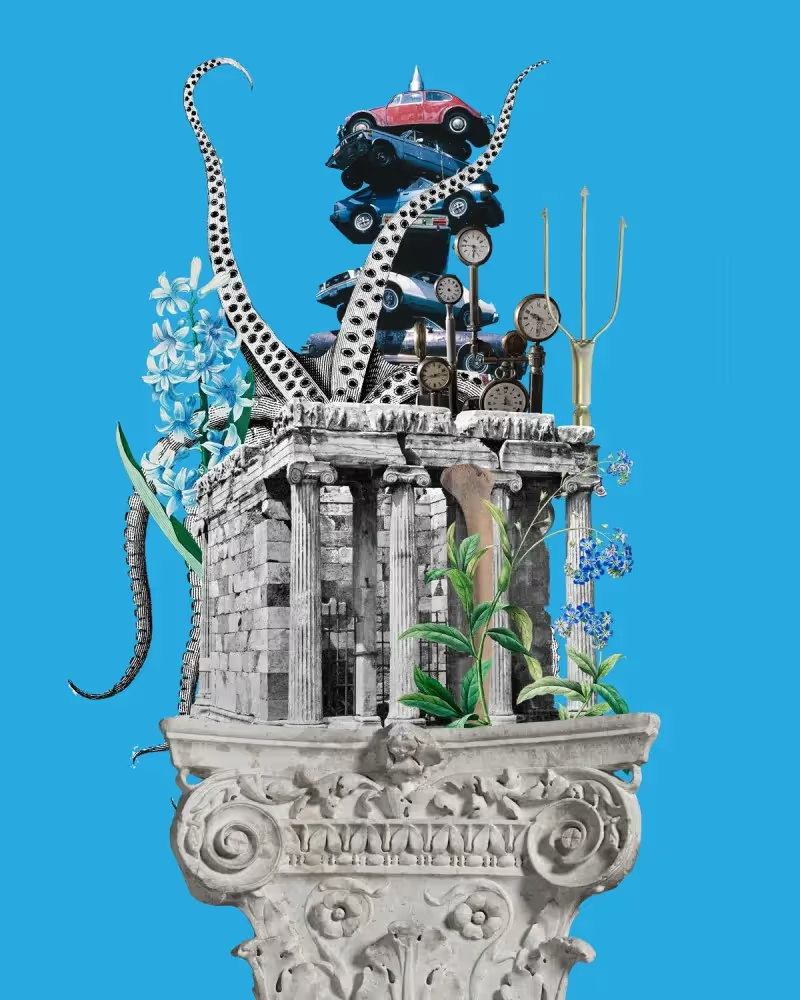
Why Relic’s are a problem
The issue with old persona’s is that they aren’t aware of many changes that have happened in terms of communication, technology, habits and mindsets. You might be excluding whole generations Y, Z or identities!
So what do you do?
If you do need to refresh your persona, this time start with data (quantitative and qualitative). Speak to people, analyse your data for themes and be sure to include those systematically excluded from design in the process.
Co-create it. The Misguided 🚧
You might have sensed something was not-quite-there or no-quite-right. You may have a misguided persona (that’s a kind way to put it). It either makes you uneasy or would be embarrassing to share. It could be a visible outward example of assumptions or discriminatory stereotyping towards a community group.

Why a misguided persona is a problem
Well at the lowest level there is a reputational risk to your organisation. What if this gets out? How would you feel about this persona being public knowledge? At very worst it could be a mechanism for systemic exclusion and discrimination in your designs.
So what do you do?
You guessed it, redesign these by involving the communities that are represented. You can do this by running interviews, design workshops or critique sessions (and many others) with communities. Make sure you pay them for taking part in creating persona’s with you!
Reflect, then repair it. Empty🎈
You have an empty persona, graphically it might even look… impressive but there is nothing about it that helps your team to make a good decision.

Why is an empty persona a problem?
Well along the spectrum of consequences an empty persona can go from
- being darn frustrating for teams
- to undermining the legitimacy design in your organisation (design is just about making things pretty)
I know it seems extreme to say this, but with an Empty persona you are not harnessing the power of design in a way that is usable or effective in your organisation. Often artifacts like these make design and qualitative research a “nice to have” pretty artifact as opposed to a grounded way to uncover genuine insight.
So what do you do?
Research your organisation and teams. Duh.
- What would they use a persona for?
- What do they need to inspire or inform decisions?
- How much detail is needed?
- What are the best ways to communicate and promote personas?
- Are there artifacts or even moments *cough cough funding* *procurement* or *strategic planning cycles* that personas make sense. Then the trick is, how do you make them live, and bake into these processes and team dynamics?
Use that creativity. Bake the persona into your processes and flows, don’t bolt it on after the fact.
Reboot and relaunch it. Forgotten 🛼
Oh it’s not a bad persona, it’s just forgotten. It may have lost a champion or a team in a restructure. For some reason it doesn’t get used or talked about anymore.
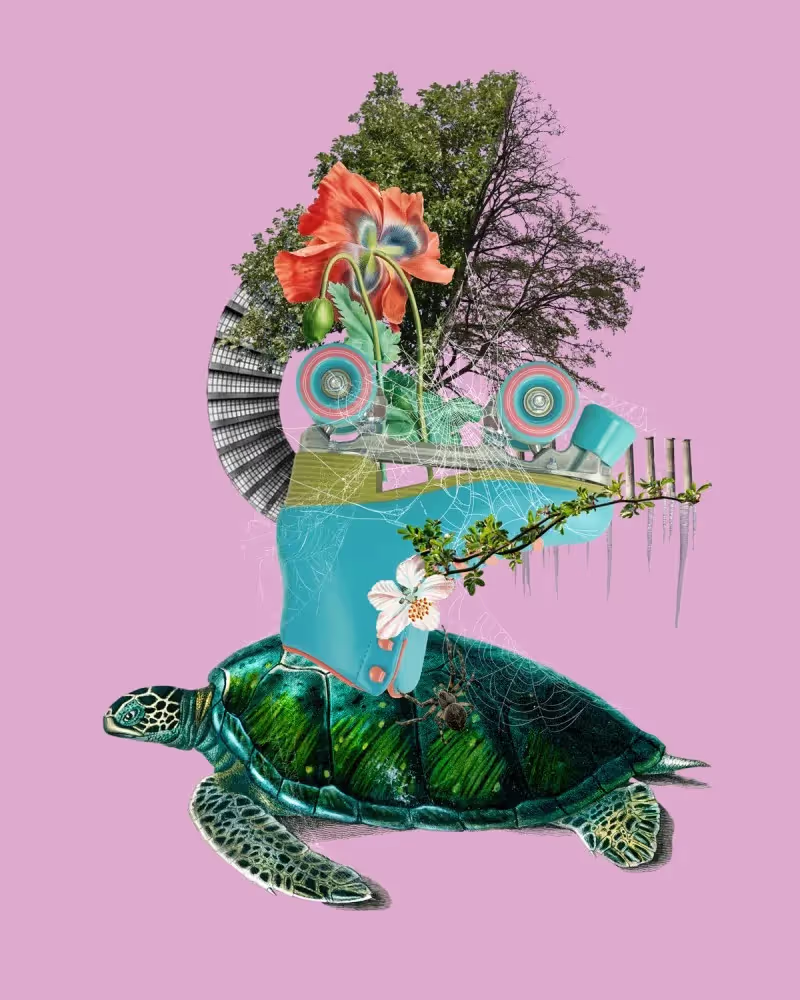
Why is a forgotten persona a problem?
Well. “if a tree falls in the forest does it make a sound?” If a persona exists alone in an old hard drive does anyone use it? For the tree question I can’t comment. But on the persona, the answer is no it doesn’t get used. What a missed opportunity to be more community-centric.
So what do you do?
Well firstly be sure that it doesn’t need a re-fresh, maybe it could benefit from a few sessions with community members.
- What has changed for them since this persona was designed?
- How would they make it more nuanced and realistic?
After that it is about really creating a communications plan, think about who you want to reach.
Where they are at and create a plan on getting the message across… apart from an email? Screensaver or mention at a team meeting… how could you get people involved across your organisation in testing and promoting it?
Share it. A Beacon 🪔
“Oh woaw” looks like you have a beacon of a persona. We’d love to see it. Be sure to share it whenever and wherever possible.
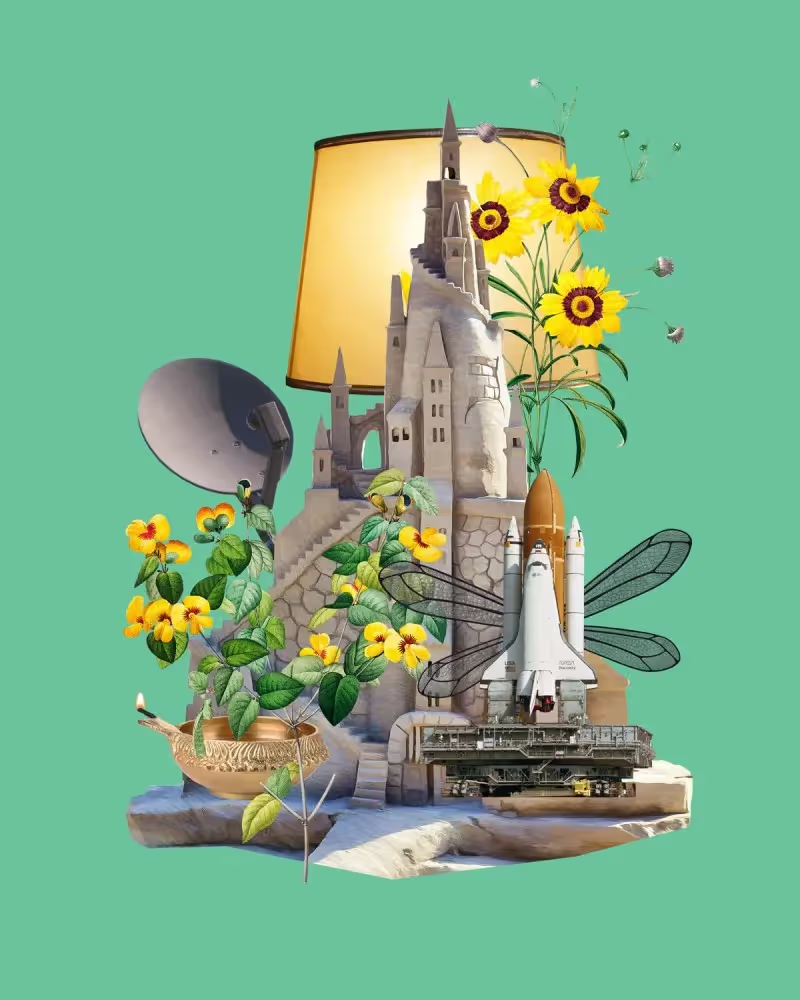
I’ve used an icon of a Diya here as a symbol seen in Hindu, Sikh, Buddhist and Jain ceremonies- it seems very fitting because apart from removing darkness the rituals around Diya’s create enlightenment, prosperity, knowledge and wisdom.
So what do you do?
Well the only real way to be sure you have a beacon is to test it by
- Showing and sharing it with the communities it represents and
- Observing how teams use it
- Adapting it based on the feedback you get.
Apart from that I’d say look at your suite for intersectionality and diversity.
If you didn’t rank well with your persona you aren’t alone. Bad persona projects are not new
To cite a section from Personas: Practice and Theory (2003) that summarises what goes wrong perfectly. You know you are in trouble when:
- The characters were not believable; either they were obviously designed by committee (not based on data) or the relationship to data was not clear.
- The characters are not communicated well. Often the main communication method was a resume-like document blown up to poster size and posted around the hallways.
- There is no real understanding about how to use the characters. In particular, there typically nothing that spoke to all disciplines or all stages of the development cycle.
- The project is a grass-roots effort with little or no support from above.
Let’s explore this topic together
In the next article I’ll be sharing a few different approaches to personas and offer some artifacts as alternatives. I’ll cover six approaches I’ve used before with some examples (some real, some imagined and some highly smushed together).
The approaches I’ll cover are:
- Goal-directed personas
- Role-based personas
- Behavioural archetypes
- Engaging personas
- Empathy mapped or co-designed characters
- Emerging characters (provocations)
Have you got a great example that you can contribute?
Get in touch
.png)

